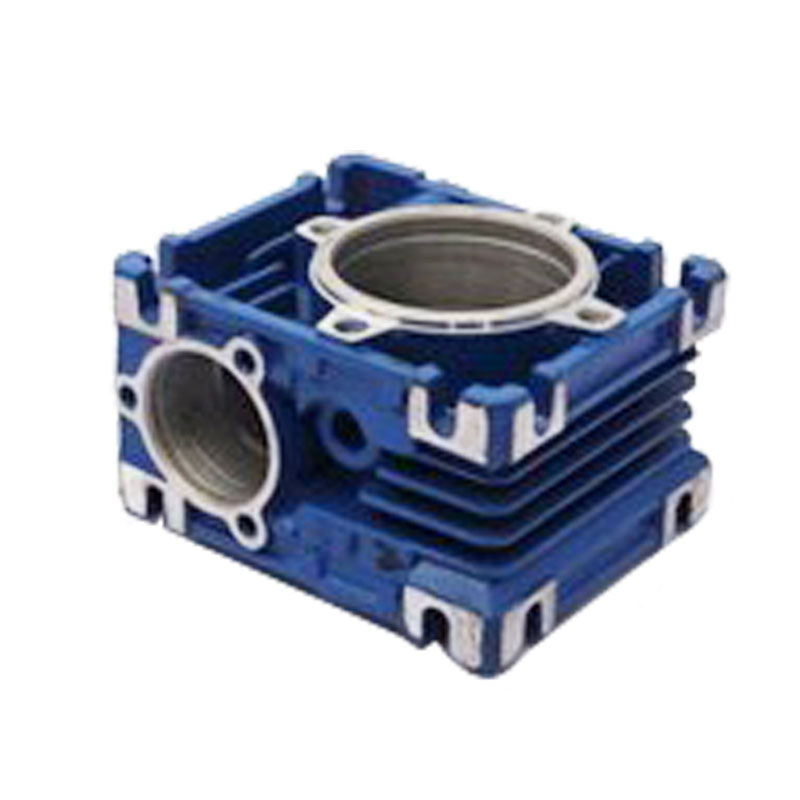Key components and functions of a motorcycle generator
2023-10-17
A motorcycle generator, often referred to as a motorcycle alternator or motorcycle charging system, is a critical component of a motorcycle's electrical system. It plays a vital role in generating electrical power to charge the motorcycle's battery, operate the lighting system, power accessories, and ensure the proper functioning of various electrical components. Here are the key components and functions of a motorcycle generator:
1. Stator: The stator is a stationary component mounted within the motorcycle's engine casing. It consists of a set of wire windings wrapped around an iron core. As the engine runs, the stator generates alternating current (AC) through electromagnetic induction.
2. Rotor (Permanent Magnet or Electromagnetic): The rotor, also known as the armature, is a rotating component connected to the motorcycle's engine crankshaft. In some motorcycles, it consists of permanent magnets, while in others, it is an electromagnetic coil. The rotor's movement induces a magnetic field that interacts with the stator to generate AC voltage.
3. Rectifier: The AC voltage generated by the stator and rotor is converted into direct current (DC) by a rectifier. The rectifier is typically a diode bridge rectifier that allows the DC current to flow in one direction, ensuring that the motorcycle's electrical system receives stable DC power.
4. Voltage Regulator: The voltage regulator is responsible for maintaining a consistent voltage level in the motorcycle's electrical system. It prevents overcharging of the battery and protects sensitive electronic components from voltage spikes. The regulator regulates the output voltage by controlling the field current in the rotor or adjusting the resistance in the electromagnetic coils.
5. Battery: The motorcycle's battery serves as an energy storage device, storing electrical energy generated by the generator when the engine is running. It provides power to start the motorcycle and operates various electrical accessories when the engine is not running.
6. Charging System: The motorcycle generator continuously charges the battery while the engine is running. It ensures that the battery remains charged and ready to start the motorcycle and power the electrical system, lights, and accessories.
7. Electrical Accessories: The generator provides power to various electrical components and accessories on the motorcycle, such as headlights, taillights, turn signals, horn, ignition system, and electronic control units (ECUs).
8. Wiring and Connections: Electrical wiring and connections distribute the generated power to the motorcycle's electrical components and accessories, ensuring proper operation.
A properly functioning motorcycle generator and charging system are essential for maintaining the motorcycle's electrical system and ensuring reliable operation. If a motorcycle's generator or charging system encounters issues, it can lead to a dead battery, dim lighting, difficulty starting the engine, and problems with electrical accessories. Regular maintenance and periodic checks of the charging system are important to identify and address potential issues before they lead to electrical problems on the motorcycle.



